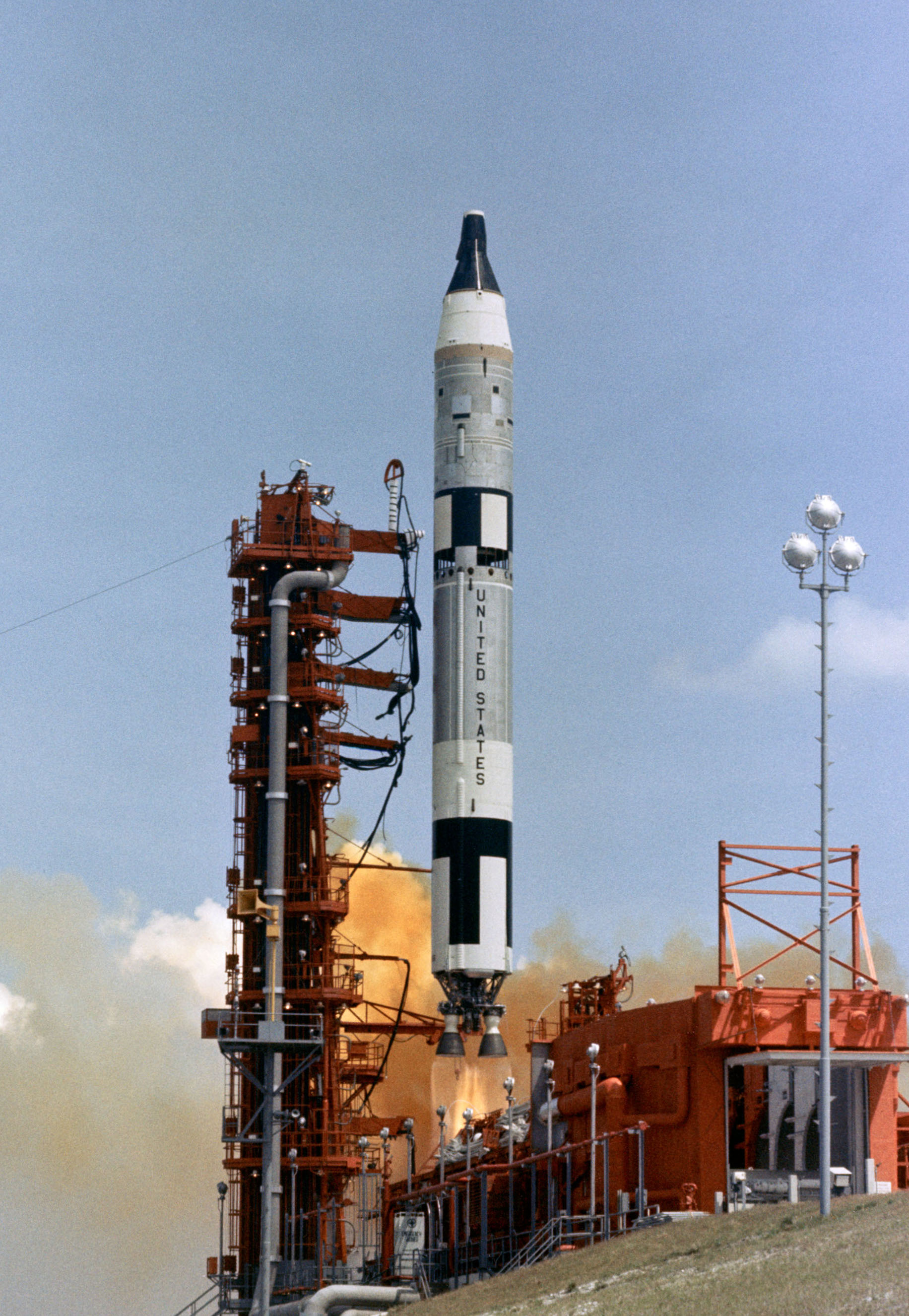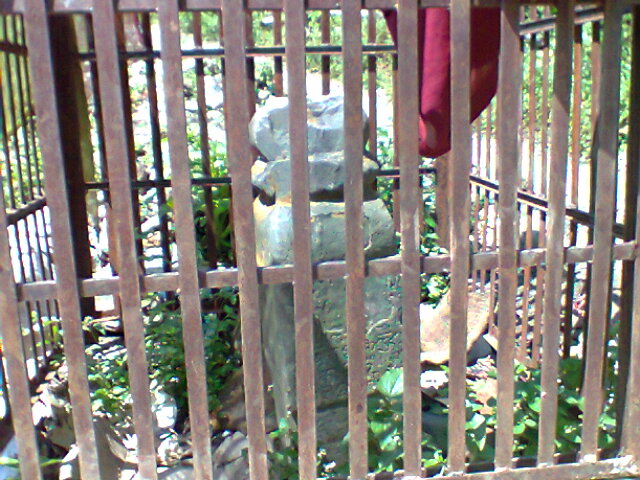|
Shirishko Phool
''Shirishko Phool'' ( ne, शिरीषको फूल; translated into English as ''Blue Mimosa''), published in 1964, is a Nepali language novel by Parijat. It was the author's first and most successful novel. It was awarded the Madan Puraskar in 1965. Background Born in an affluent family in Darjeeling, Parijat moved to Kathmandu and pursued her studies in English literature. According to her, having studied many French, Russian and Indian novels in particular, she found herself very disappointed with Nepali novels. Therefore, despite having started out as a poet, she resolved to produce an exceptional Nepali language novel. She wrote four novels while she was studying for her I.A. and B.A. degrees, all of which she burned off. Then, she became bed-ridden with illness for three years, and wrote her fifth novel ''Shirishko Phool'' in that period'','' which she chose to publish. Shankar Lamichhane, a prominent writer and litterateur wrote the foreword for the novel. Synopsis ... [...More Info...] [...Related Items...] OR: [Wikipedia] [Google] [Baidu] |
Parijat (writer)
Bishnu Kumari Waiba, popularly known as Parijat ( ne, पारिजात) was a Nepalese writer and poet. She is best known for her novel '' Shiris Ko Phool'' for which she won the Madan Puraskar, becoming the first woman to receive the award. She published multiple novels and wrote many poems and stories in her lifetime. Early life and education Vishnu Kumari Waiba,Parijat was born in 1937(Nepali 1990 BS ) in the hill station of Darjeeling, India, a place known for its tea gardens. Her mother, Amrita Moktan, died when Parijat was very young, and she was raised by her father and her grandparents. Her father, Dr. K.N. Waiba, was a physician. The birthplace of Parijat, Darjeeling, is a major centre of Nepali language, culture and literature. Darjeeling is inhabited by Nepali people who also speak the same language and have a similar culture as that of Nepalese people. Parijat was intricately connected to Nepal and Nepali literature from her early childhood. She had a keen i ... [...More Info...] [...Related Items...] OR: [Wikipedia] [Google] [Baidu] |
1964 Novels
Events January * January 1 – The Federation of Rhodesia and Nyasaland is dissolved. * January 5 - In the first meeting between leaders of the Roman Catholic and Orthodox churches since the fifteenth century, Pope Paul VI and Patriarch Athenagoras I of Constantinople meet in Jerusalem. * January 6 – A British firm, the Leyland Motor Corp., announces the sale of 450 buses to the Cuban government, challenging the United States blockade of Cuba. * January 9 – ''Martyrs' Day'': Armed clashes between United States troops and Panamanian civilians in the Panama Canal Zone precipitate a major international crisis, resulting in the deaths of 21 Panamanians and 4 U.S. soldiers. * January 11 – United States Surgeon General Luther Terry reports that smoking may be hazardous to one's health (the first such statement from the U.S. government). * January 12 ** Zanzibar Revolution: The predominantly Arab government of Zanzibar is overthrown by African nationalist rebels; a United ... [...More Info...] [...Related Items...] OR: [Wikipedia] [Google] [Baidu] |
Nepalese Novels
Nepali or Nepalese may refer to : Concerning Nepal * Anything of, from, or related to Nepal * Nepali people, citizens of Nepal * Nepali language, an Indo-Aryan language found in Nepal, the current official national language and a language spoken in India * Nepal Bhasa, a Sino-Tibetan language found in Nepal, formerly the official national language * Nepalese literature * Nepalese cuisine * Nepalese culture * Nepali cinema * Nepali music Other uses * ''Nepali'' (film), a 2008 Indian Tamil-language film See also * Nepal (other) * * * Languages of Nepal * Nepal Nepal (; ne, :ne:नेपाल, नेपाल ), formerly the Federal Democratic Republic of Nepal ( ne, सङ्घीय लोकतान्त्रिक गणतन्त्र नेपाल ), is a landlocked country in S ... is a south Asian country with a population of nearly 30 million. {{disambiguation Language and nationality disambiguation pages ... [...More Info...] [...Related Items...] OR: [Wikipedia] [Google] [Baidu] |
Nepali-language Novels
Nepali (; , ) is an Indo-Aryan languages, Indo-Aryan language native to the Himalayas region of South Asia. It is the official, and most widely spoken, Languages of Nepal, language of Nepal, where it also serves as a ''lingua franca''. Nepali has Languages with official status in India, official status in the Indian state of Sikkim and in the Gorkhaland Territorial Administration of West Bengal. It is spoken by about a quarter of Bhutan's population. Nepali also has a significant number of speakers in the states of Arunachal Pradesh, Assam, Himachal Pradesh, Manipur, Meghalaya, Mizoram and Uttarakhand. In Myanmar it is spoken by the Burmese Gurkhas. The Nepali diaspora in the Middle East, Brunei, Australia and worldwide also use the language. Nepali is spoken by approximately 16 million native speakers and another 9 million as a second language. Nepali is commonly classified within the Eastern Pahari group of the Northern Indo-Aryan languages, Northern zone of Indo-Aryan. The ... [...More Info...] [...Related Items...] OR: [Wikipedia] [Google] [Baidu] |
Novels Set In Nepal
A novel is a relatively long work of narrative fiction, typically written in prose and published as a book. The present English word for a long work of prose fiction derives from the for "new", "news", or "short story of something new", itself from the la, novella, a singular noun use of the neuter plural of ''novellus'', diminutive of ''novus'', meaning "new". Some novelists, including Nathaniel Hawthorne, Herman Melville, Ann Radcliffe, John Cowper Powys, preferred the term "romance" to describe their novels. According to Margaret Doody, the novel has "a continuous and comprehensive history of about two thousand years", with its origins in the Ancient Greek and Roman novel, in Chivalric romance, and in the tradition of the Italian renaissance novella.Margaret Anne Doody''The True Story of the Novel'' New Brunswick, NJ: Rutgers University Press, 1996, rept. 1997, p. 1. Retrieved 25 April 2014. The ancient romance form was revived by Romanticism, especially the historica ... [...More Info...] [...Related Items...] OR: [Wikipedia] [Google] [Baidu] |
1964 Nepalese Novels
Events January * January 1 – The Federation of Rhodesia and Nyasaland is dissolved. * January 5 - In the first meeting between leaders of the Roman Catholic and Orthodox churches since the fifteenth century, Pope Paul VI and Patriarch Athenagoras I of Constantinople meet in Jerusalem. * January 6 – A British firm, the Leyland Motor Corp., announces the sale of 450 buses to the Cuban government, challenging the United States blockade of Cuba. * January 9 – '' Martyrs' Day'': Armed clashes between United States troops and Panamanian civilians in the Panama Canal Zone precipitate a major international crisis, resulting in the deaths of 21 Panamanians and 4 U.S. soldiers. * January 11 – United States Surgeon General Luther Terry reports that smoking may be hazardous to one's health (the first such statement from the U.S. government). * January 12 ** Zanzibar Revolution: The predominantly Arab government of Zanzibar is overthrown by African nationalist rebels; a Un ... [...More Info...] [...Related Items...] OR: [Wikipedia] [Google] [Baidu] |
Cultural Depictions Of Nepalese Women
Culture () is an umbrella term which encompasses the social behavior, institutions, and norms found in human societies, as well as the knowledge, beliefs, arts, laws, customs, capabilities, and habits of the individuals in these groups.Tylor, Edward. (1871). Primitive Culture. Vol 1. New York: J.P. Putnam's Son Culture is often originated from or attributed to a specific region or location. Humans acquire culture through the learning processes of enculturation and socialization, which is shown by the diversity of cultures across societies. A cultural norm codifies acceptable conduct in society; it serves as a guideline for behavior, dress, language, and demeanor in a situation, which serves as a template for expectations in a social group. Accepting only a monoculture in a social group can bear risks, just as a single species can wither in the face of environmental change, for lack of functional responses to the change. Thus in military culture, valor is counted a typical ... [...More Info...] [...Related Items...] OR: [Wikipedia] [Google] [Baidu] |
Madan Puraskar-winning Works
Madan may refer to: Places Armenia *Kapan, a city in Armenia, formerly ''Madan'' *Madan, a small village above Alaverdi in Lori Marz Bulgaria * Madan, Montana Province, a village in the Boychinovtsi municipality of northwestern Bulgaria *Madan, Smolyan Province, a town and municipality in southern Bulgaria Iran *Madan, Chaharmahal and Bakhtiari, a village in Chaharmahal and Bakhtiari Province, Iran * Madan, Fars, a village in Fars Province, Iran *Madan, Kerman, a village in Kerman Province, Iran * Radeh-ye Madan, also known as Madan, a village in Khuzestan Province, Iran * Madan, Qazvin, a village in Qazvin Province, Iran *Madan, Razavi Khorasan, a village in Razavi Khorasan Province, Iran *Madan-e Olya, a village in Razavi Khorasan Province, Iran *Madan-e Sofla, a village in Razavi Khorasan Province, Iran Syria *Ma'adan, a town in central Syria, also known as ''Madan'' People *Madan (surname) *Madan (film director), Telugu film writer and director *Madan Puri (1915–1985), ... [...More Info...] [...Related Items...] OR: [Wikipedia] [Google] [Baidu] |
Nepali-language Books
Nepali (; , ) is an Indo-Aryan language native to the Himalayas region of South Asia. It is the official, and most widely spoken, language of Nepal, where it also serves as a ''lingua franca''. Nepali has official status in the Indian state of Sikkim and in the Gorkhaland Territorial Administration of West Bengal. It is spoken by about a quarter of Bhutan's population. Nepali also has a significant number of speakers in the states of Arunachal Pradesh, Assam, Himachal Pradesh, Manipur, Meghalaya, Mizoram and Uttarakhand. In Myanmar it is spoken by the Burmese Gurkhas. The Nepali diaspora in the Middle East, Brunei, Australia and worldwide also use the language. Nepali is spoken by approximately 16 million native speakers and another 9 million as a second language. Nepali is commonly classified within the Eastern Pahari group of the Northern zone of Indo-Aryan. The language originated from the Sinja Valley, Karnali Province then the capital city of the Khasa Kingdom around ... [...More Info...] [...Related Items...] OR: [Wikipedia] [Google] [Baidu] |
Bnks
Budhanilkantha School, often referred to as BNKS, is a competitive public boarding school in Nepal. It is located in Narayanthan, 8 kilometres north of Kathmandu, at the foothills of Shivapuri mountain (). It is named after the Budhanilkantha Temple, which is located nearby. One third of pupils admitted in grade five are granted scholarships based on need, after an entrance examination held in all the 77 districts of Nepal. This scholarship is granted every year to the students until grade 10. History Budhanilkantha School was established in 1972 as a joint venture between the governments of Nepal and the United Kingdom. The first batch of students took the School Leaving Certificate Examination (the national exam that is equivalent to the British O level) in 1980. In 1983, English was made the official language of instruction at Budhanilkantha School. Cambridge International A level and O level, administered by CAIE of the University of Cambridge was introduced in 1985 and ... [...More Info...] [...Related Items...] OR: [Wikipedia] [Google] [Baidu] |







